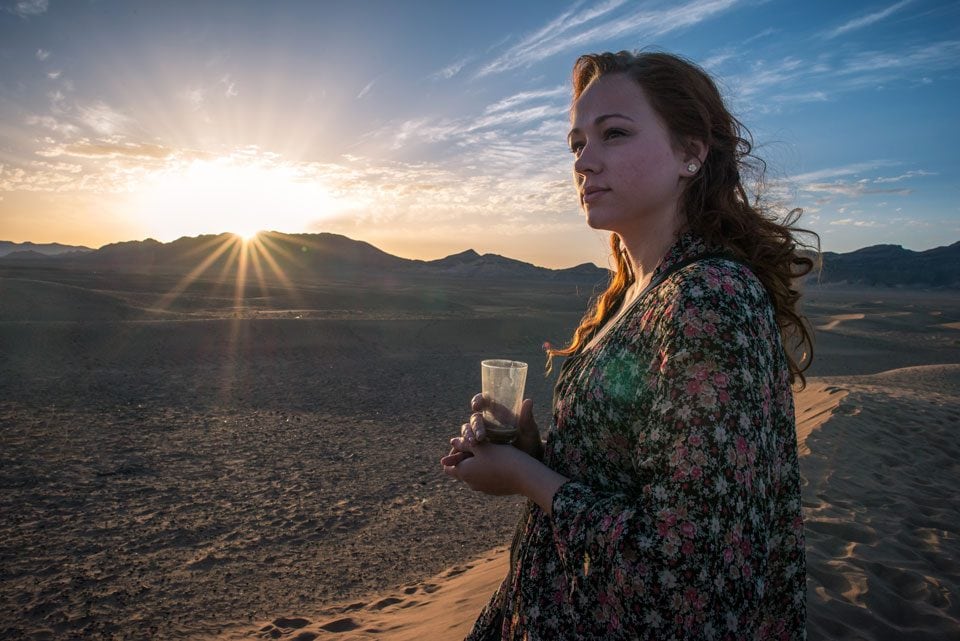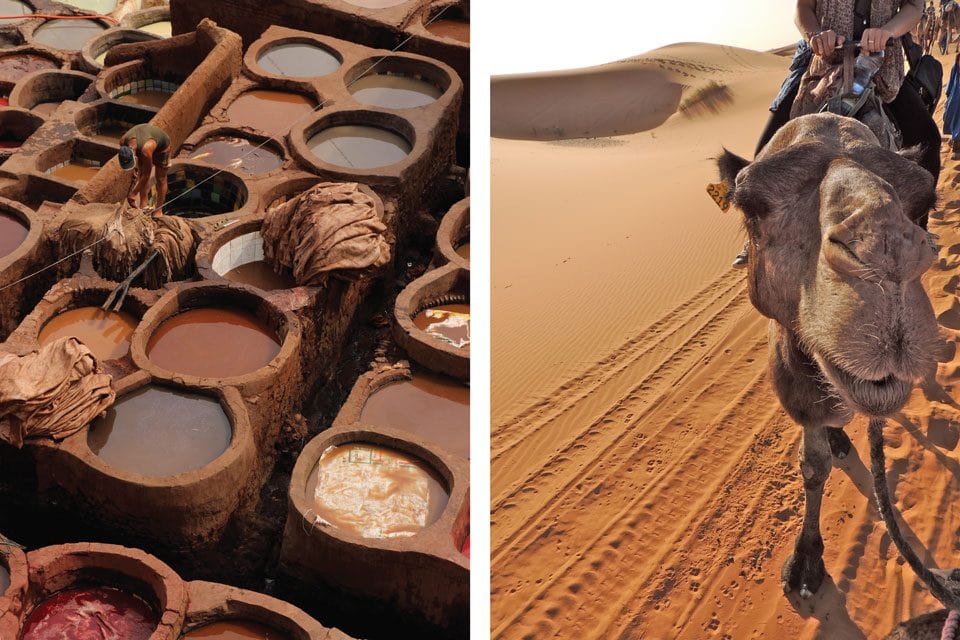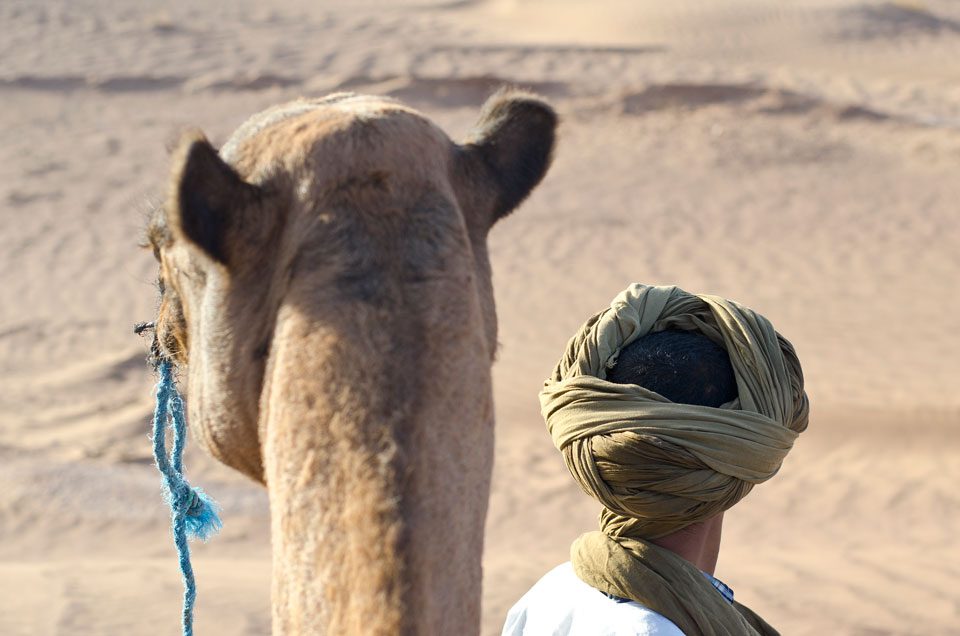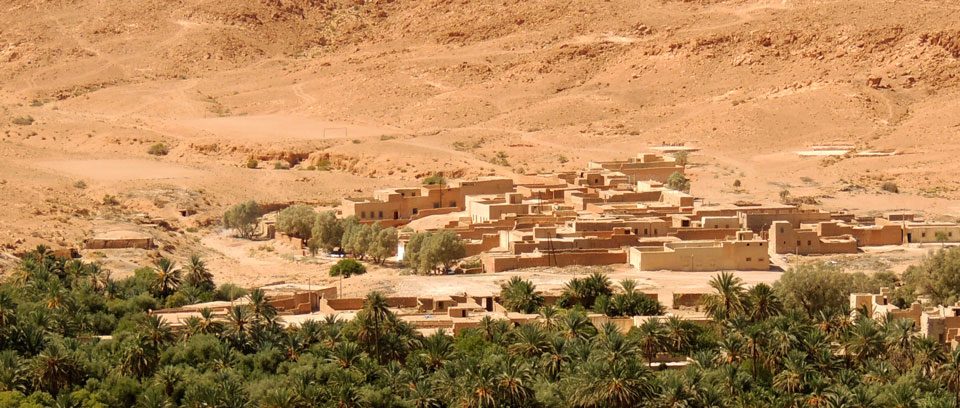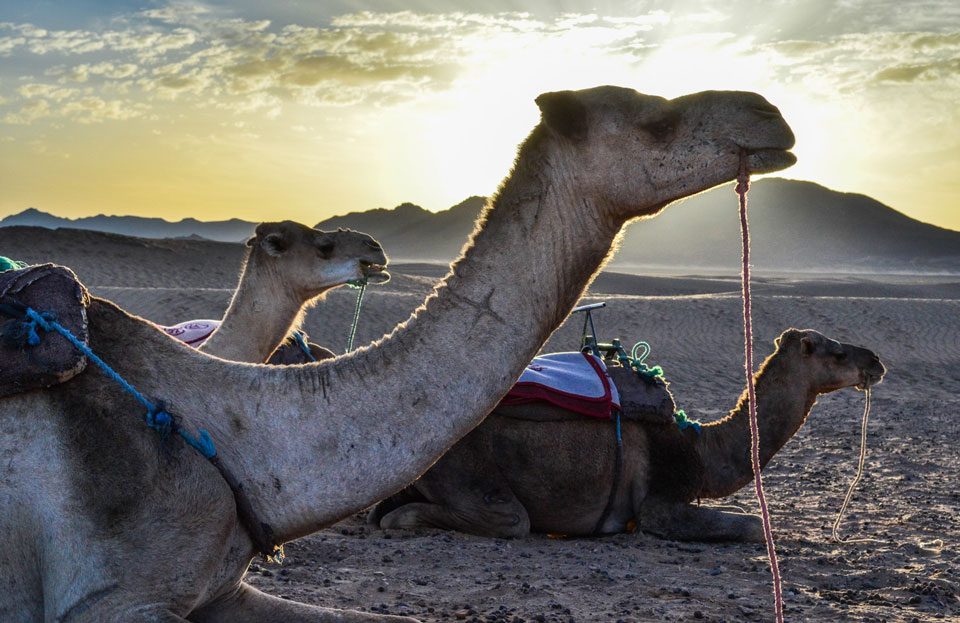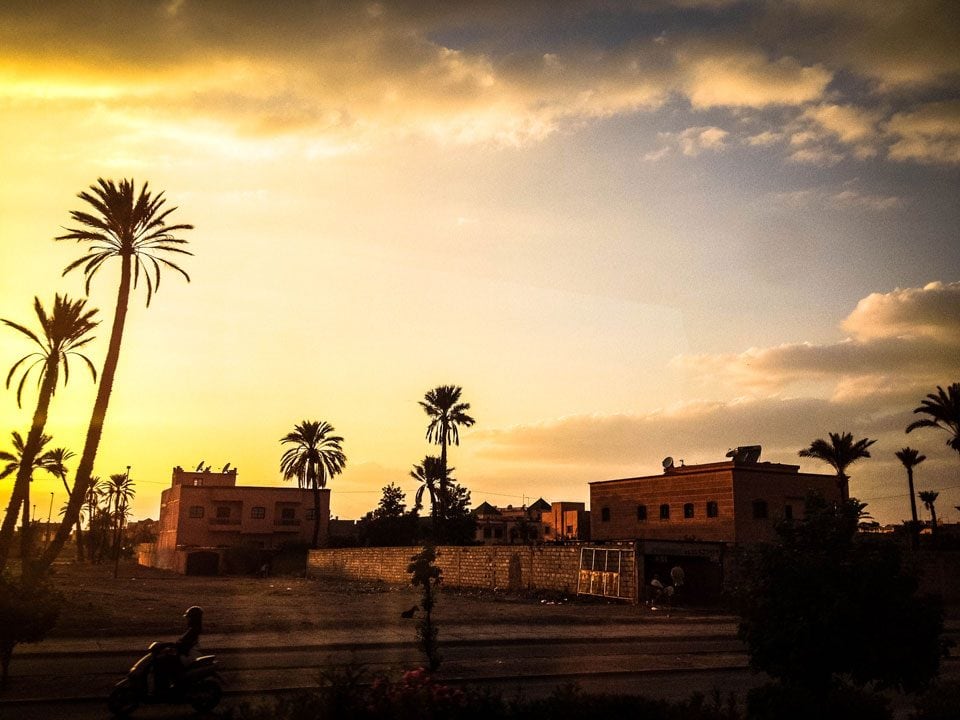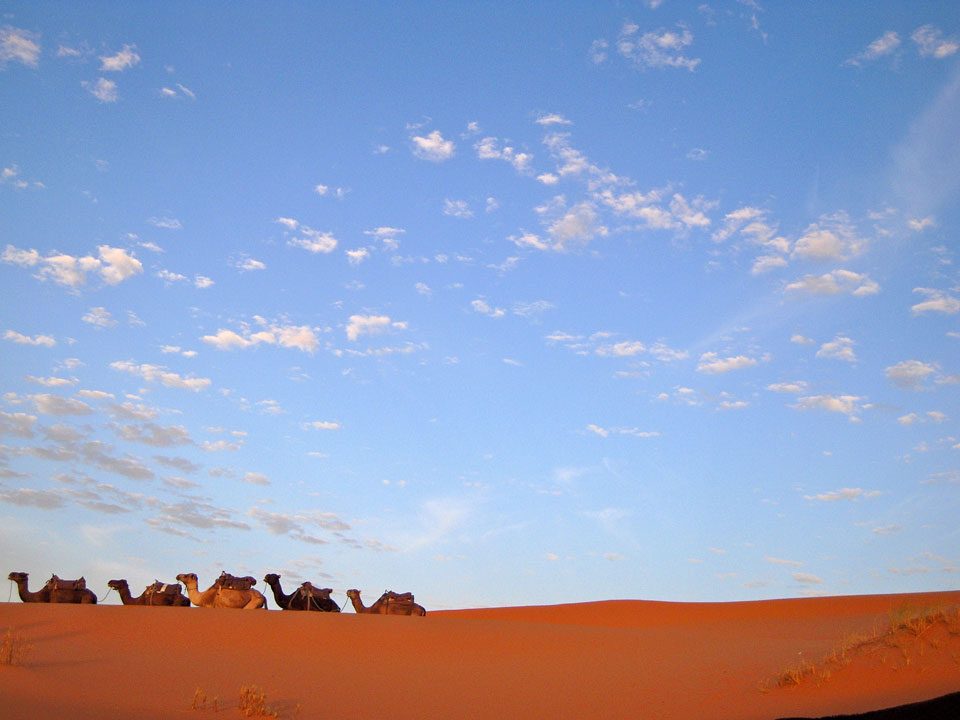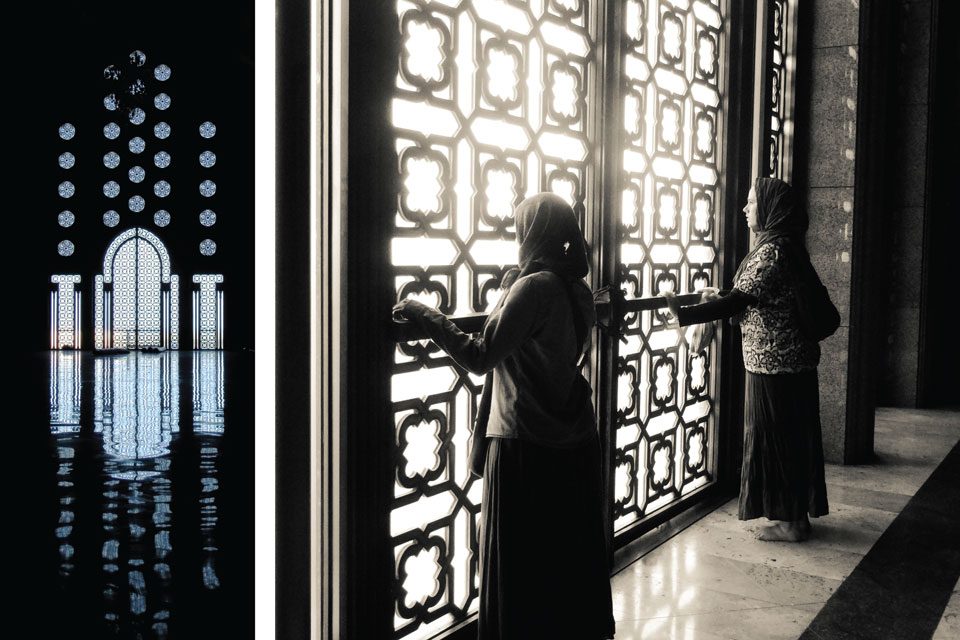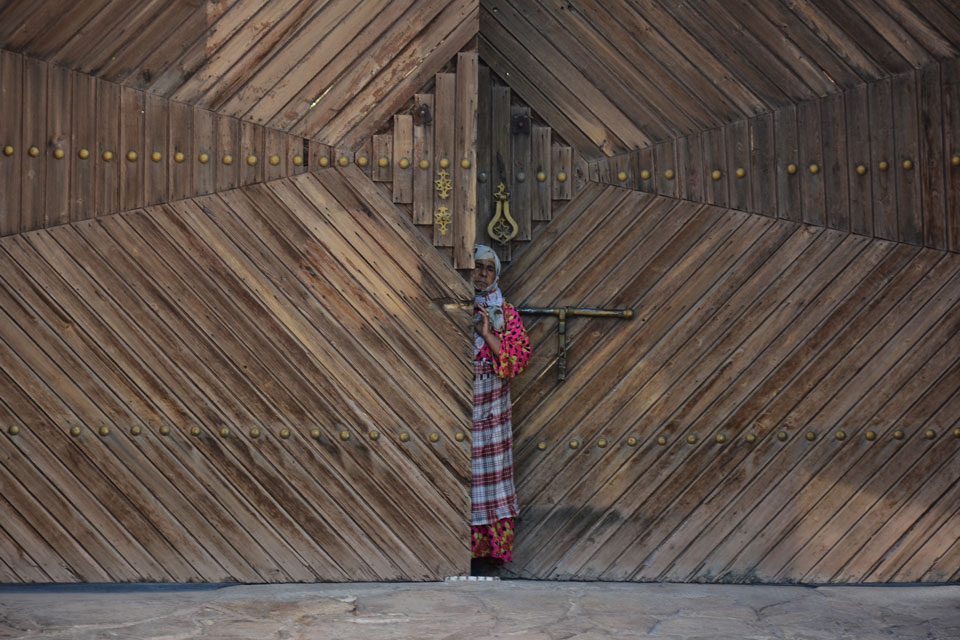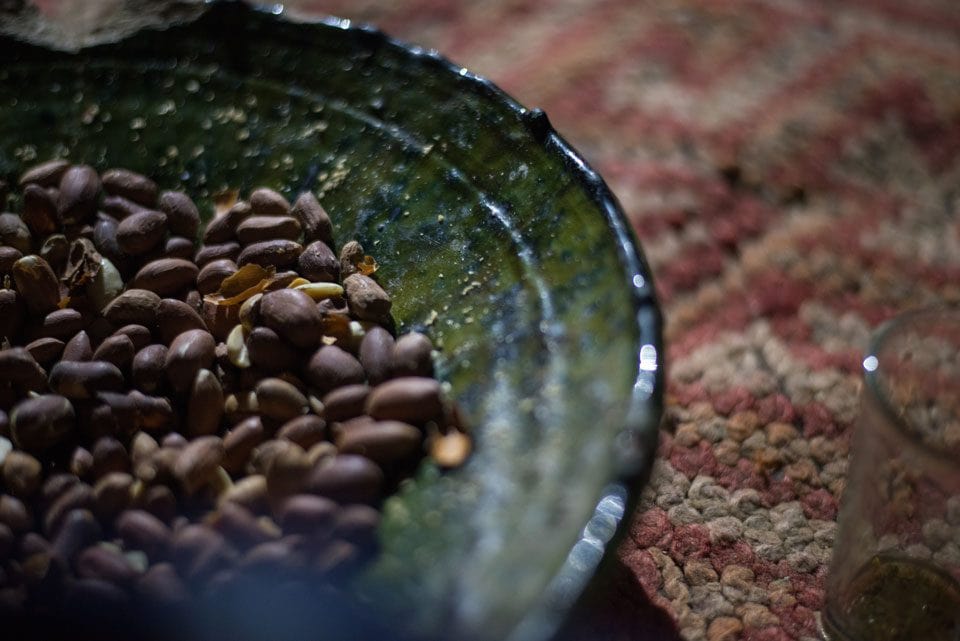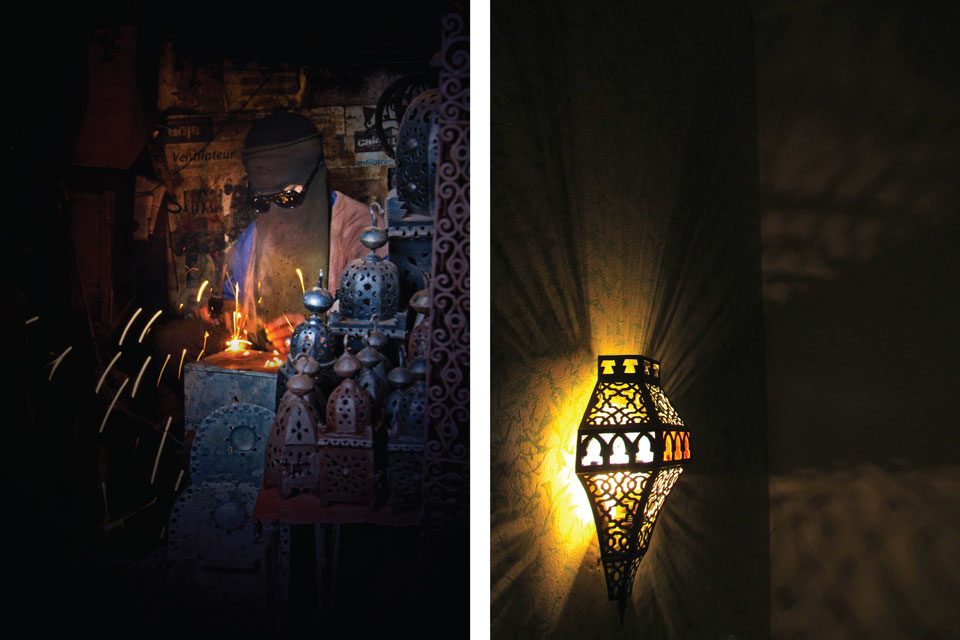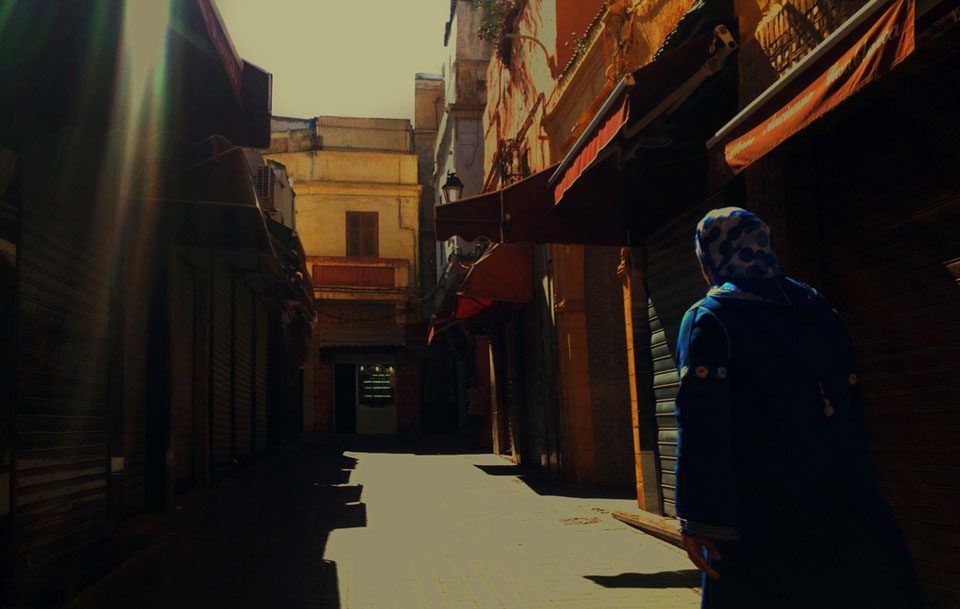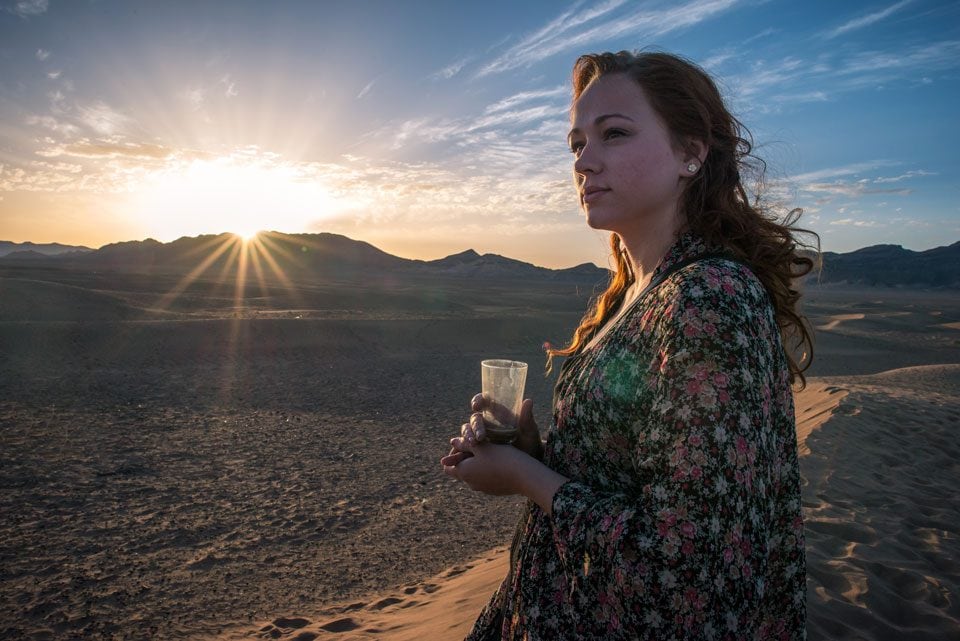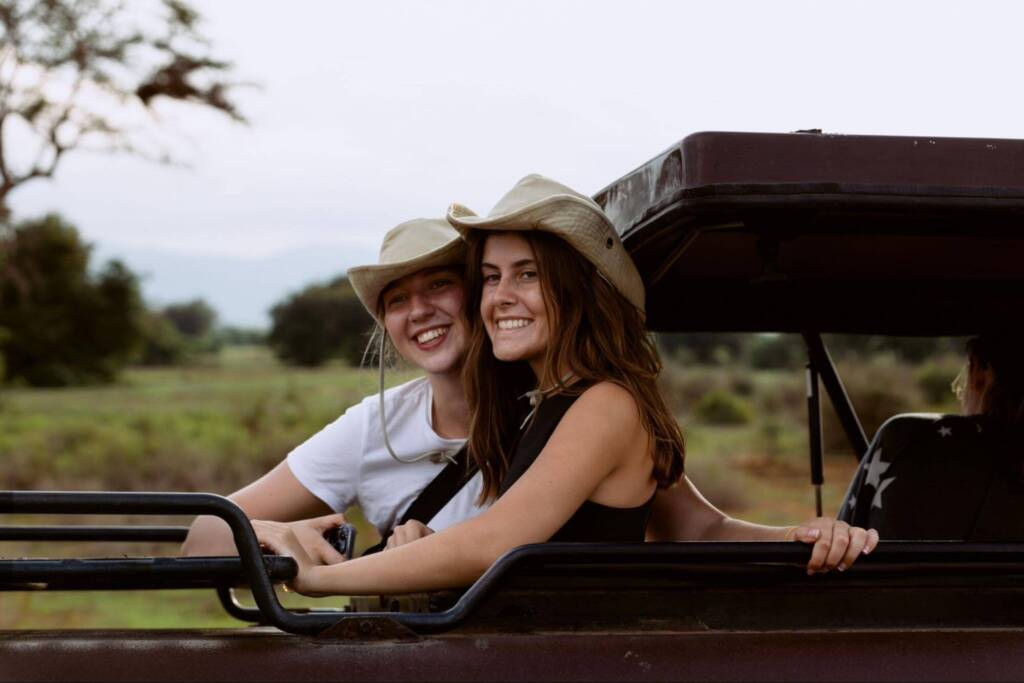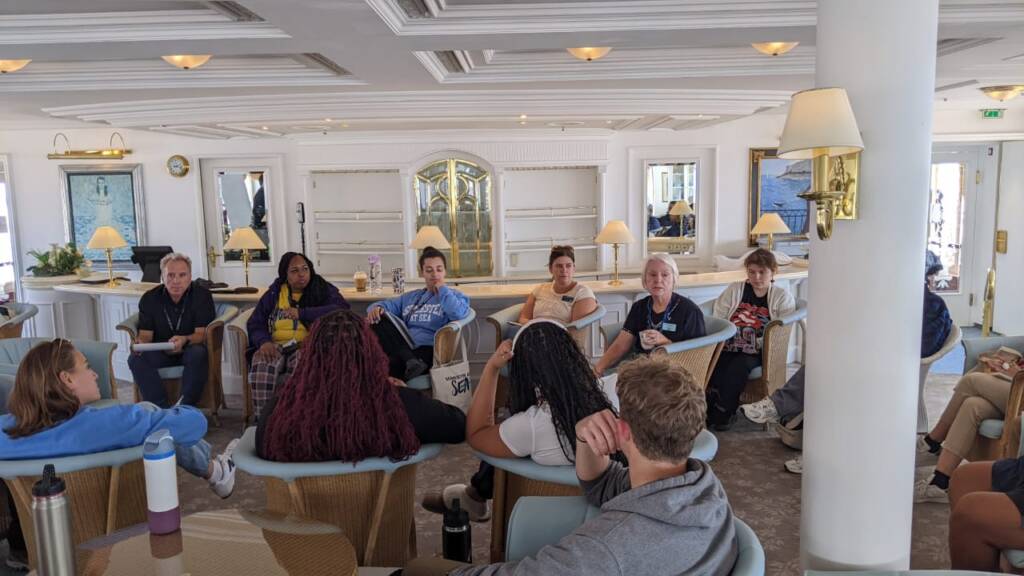There is an allure to Morocco. Perhaps it is the beautiful Moorish designs in its buildings and mosaic tiles that add a splash of color to the cities, or the flavorful dishes cooked in earthen tagines or the fragrant oils , orange blossom, lavender and rose, or the ridiculously sweet, fresh squeezed orange juice from the stands or the sticky-sweet dates. For many SAS students, there was nothing like the experience of riding a camel to a remote desert campsite and then sitting around a campfire, drinking some mint tea and listening to Moroccan drums playing while gazing at the stars. For others it was the ancient medina of Fes with its many winding paths and hidden nooks and lanes and the blend of African and French influences. SAS students captured many aspects of Morocco’s allure in their photos during the Fall 2013 voyage’s stop in this North African country.
